Get the latest articles—written by parents, for parents—sent straight to your inbox!
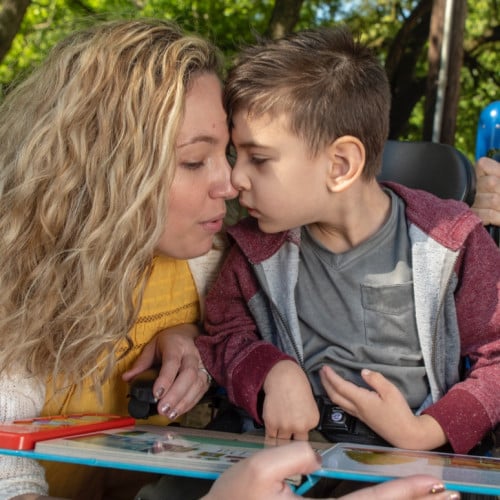
Understanding your child's diagnosis is an essential step in developing a plan for care.
Diagnosis and Health Care Overview
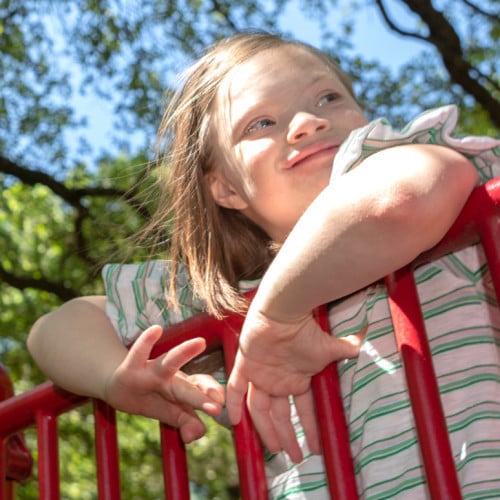
Learn about everything, from what exactly special education is to your child’s legal rights in preschool through high school.
Education and Schools Overview
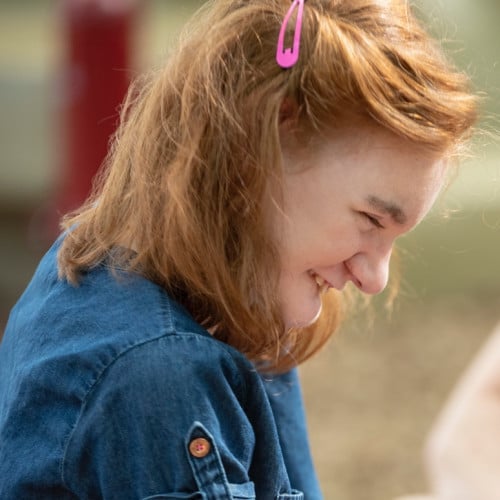
There are programs that might help you pay for the things your child needs to get through the day.
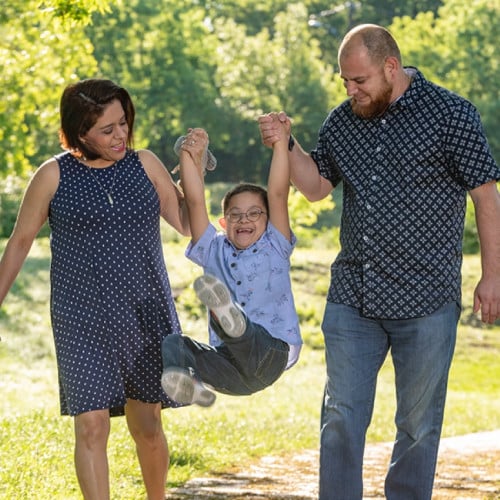
You and your family aren’t alone—there are other parents who have lived through similar experiences.
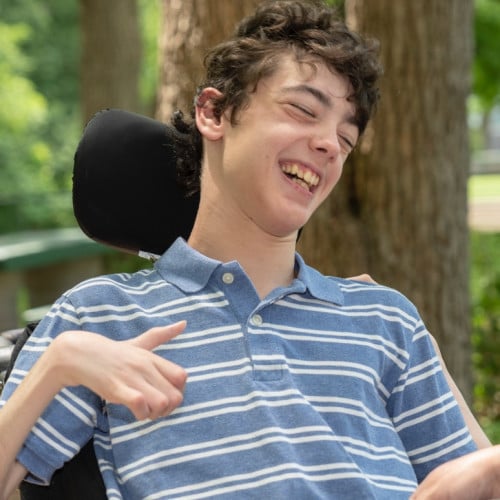
You can help your child learn to take responsibility for themself in so many ways. We’re here to help you and your child through the transition process.
Transition to Adulthood Overview
Working from home brings priorities into focus. I am a caregiver first and everything else second.
A diagnosis is often the first step on your path to the right support for a child with a disability. For Patty, it took years to find the right healthcare experts who could pinpoint the root cause of her daughter Jessica’s health challenges. Patty’s friend insisted that Patty get a genetic test for Jessica. Once Patty had a diagnosis, she gained further clarity on how to navigate life with Jessica and she found a network of parents going through the same challenges.